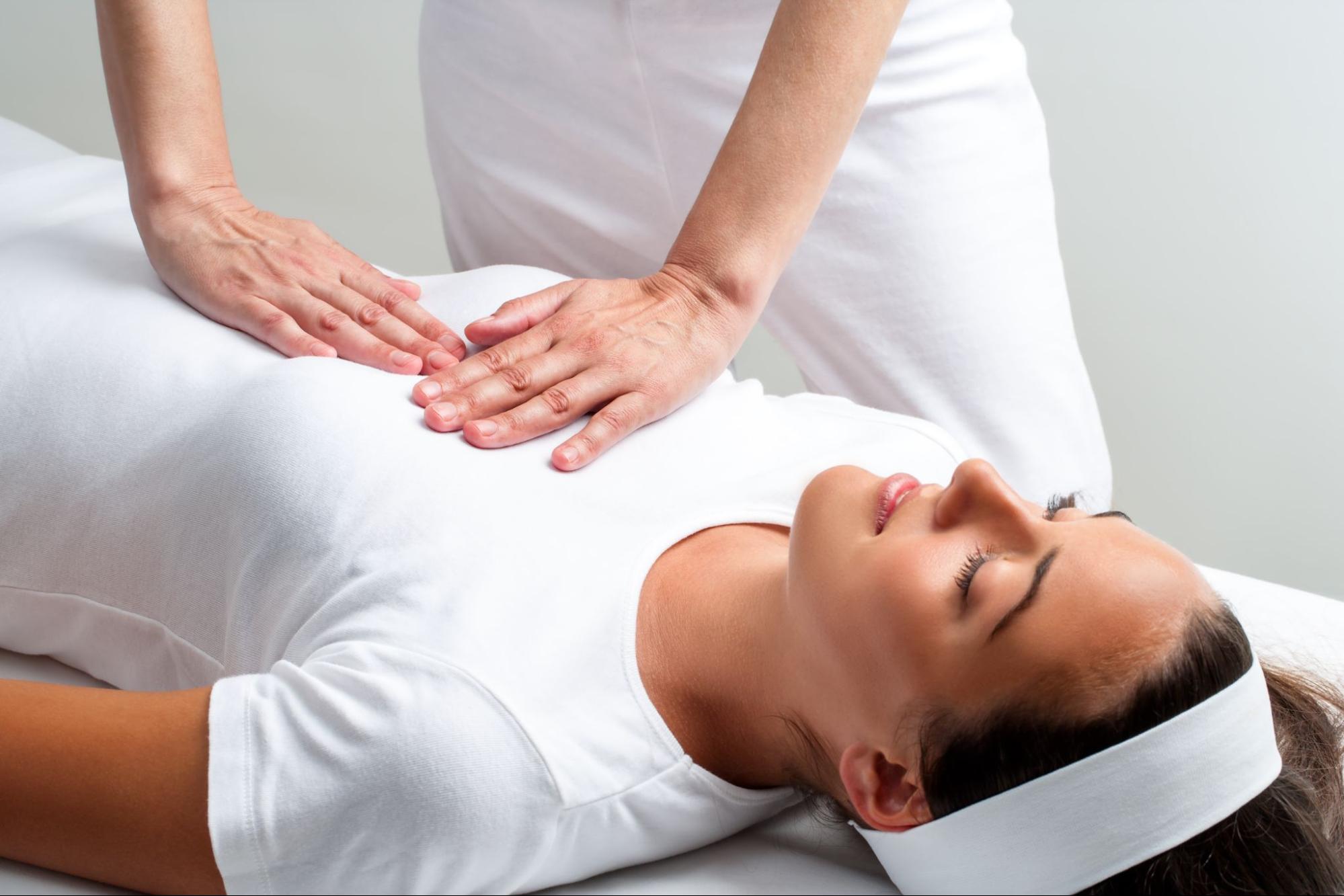 ● 30 minutes
● 30 minutesChest physiotherapy is a set of techniques used to help individuals with respiratory conditions, including chronic obstructive pulmonary disease (COPD), asthma, pneumonia, and cystic fibrosis, improve lung function and overall respiratory health.
Infection in the respiratory system leads to breathlessness and mucous formation. Your energy may be limited making it harder to be physically active. The main goal of respiratory care is to reduce the symptoms of dyspnoea, improve lung capacity, counteract the complications resulting from respiratory failure and immobilization, reduce disability, improve the quality of life, reduce the level of anxiety, and counteract depression.
We have combined medically proven therapies and techniques to strengthen the lung and clear the passage.
It is indicated in the patient with any breathlessness complications and whose cough is insufficient to clear the thick, tenacious, or localised secretion
1. Postural Drainage. Purpose: To help clear mucus from the lungs by utilizing gravity. Procedure: Positioning: The patient is placed in different positions (e.g., lying on the side, stomach, or back) to allow gravity to assist in draining mucus from specific lung regions. Example Positions: For Upper Lobes: Sitting upright or leaning slightly forward. For Lower Lobes: Lying on the side or stomach with the head lower than the chest.
2. Percussion (Chest Clapping). Purpose: To help loosen mucus in the lungs. Procedure: Technique: A physiotherapist uses cupped hands to rhythmically clap or tap on the chest or back over the lung areas. Duration: Typically performed for 3-5 minutes on each lung area. Considerations: Ensure the area is well-covered to avoid discomfort and follow up with other techniques to clear mucus.
3. Vibration. Purpose: To assist in loosening mucus and facilitating its expulsion. Procedure: Technique: The physiotherapist applies a gentle vibrating pressure to the chest wall using their hands or a mechanical device. Method: Often combined with postural drainage to help move mucus from the lungs.
4. Breathing Exercises. Purpose: To improve lung function, increase lung capacity, and enhance overall breathing efficiency. Types and Procedures: Diaphragmatic Breathing: Encourages deep breathing using the diaphragm rather than shallow chest breathing. Method: Inhale deeply through the nose, expanding the abdomen, then exhale slowly through pursed lips. Pursed-Lip Breathing: Helps control breathing and reduce shortness of breath. Method: Inhale through the nose and exhale slowly through pursed lips (as if blowing out a candle). Inspiratory Muscle Training: Strengthens the muscles involved in inhalation. Method: Using a device that provides resistance during inhalation.
5. Airway Clearance Techniques. Purpose: To help clear mucus from the airways. Techniques: Active Cycle of Breathing Technique (ACBT): Combines breathing control, thoracic expansion exercises, and forced expirations. Steps: Breathing Control: Gentle, relaxed breathing to help calm the airways. Thoracic Expansion Exercises: Deep breaths to expand the lungs and mobilize mucus. Forced Expirations: Huffs or coughs to expel mucus. Autogenic Drainage: A self-administered technique that uses different breathing patterns to mobilize and expel mucus. Steps: Unsticking Phase: Breathing at low lung volumes. Collecting Phase: Breathing at mid lung volumes. Evacuating Phase: Breathing at high lung volumes.
6. Manual Techniques. Purpose: To aid in mucus clearance and improve lung function. Techniques: Rib Mobilization: Gentle manual manipulation of the ribs to improve rib cage mobility. Chest Wall Stretching: Manual stretching to improve chest wall flexibility.


